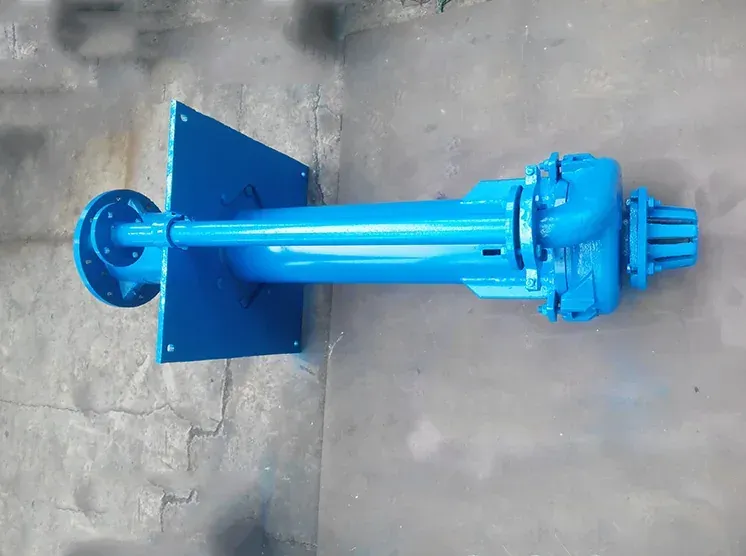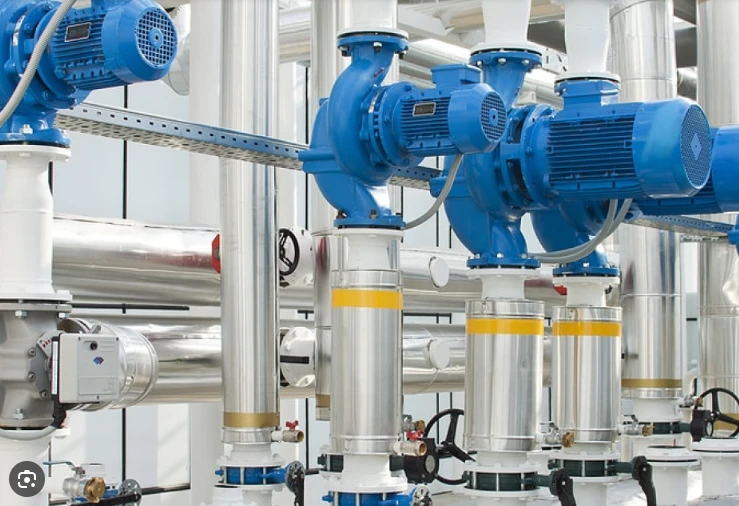TEL:
+86 13120555503
Ukrainian
- Afrikaans
- Albanian
- Amharic
- Arabic
- Armenian
- Azerbaijani
- Basque
- Belarusian
- Bengali
- Bosnian
- Bulgarian
- Catalan
- Cebuano
- Corsican
- Croatian
- Czech
- Danish
- Dutch
- English
- Esperanto
- Estonian
- Finnish
- French
- Frisian
- Galician
- Georgian
- German
- Greek
- Gujarati
- Haitian Creole
- hausa
- hawaiian
- Hebrew
- Hindi
- Miao
- Hungarian
- Icelandic
- igbo
- Indonesian
- irish
- Italian
- Japanese
- Javanese
- Kannada
- kazakh
- Khmer
- Rwandese
- Korean
- Kurdish
- Kyrgyz
- Lao
- Latin
- Latvian
- Lithuanian
- Luxembourgish
- Macedonian
- Malgashi
- Malay
- Malayalam
- Maltese
- Maori
- Marathi
- Mongolian
- Myanmar
- Nepali
- Norwegian
- Norwegian
- Occitan
- Pashto
- Persian
- Polish
- Portuguese
- Punjabi
- Romanian
- Russian
- Samoan
- Scottish Gaelic
- Serbian
- Sesotho
- Shona
- Sindhi
- Sinhala
- Slovak
- Slovenian
- Somali
- Spanish
- Sundanese
- Swahili
- Swedish
- Tagalog
- Tajik
- Tamil
- Tatar
- Telugu
- Thai
- Turkish
- Turkmen
- Ukrainian
- Urdu
- Uighur
- Uzbek
- Vietnamese
- Welsh
- Bantu
- Yiddish
- Yoruba
- Zulu
Telephone: +86 13120555503
Email: frank@cypump.com
Січ . 26, 2025 03:38 Back to list
Vertical Slurry Pumps
In the world of industrial processing and mining, handling slurry—a semi-liquid mixture often consisting of fine particles mixed with water or other liquids—poses one of the most daunting challenges. The complexity and abrasive nature of slurry demand specialized equipment, with pumps playing a crucial role. Effective slurry pump solutions can enhance operational efficiency, minimize wear, and reduce maintenance costs. This article delves into the intricacies of slurry pumps, leveraging expert insights, real-world experiences, and industry-standard practices.
Industry leaders advocate continuous monitoring and regular maintenance as authoritative practices to maintain pump efficacy. The use of condition monitoring technologies, such as vibration analysis and thermography, aids in early detection of wear and failure points in slurry pumps, thus ensuring timely interventions and optimized performance. The integration of Smart Pump technologies—featuring IoT and machine learning capabilities—has further revolutionized slurry pump management. This innovation enhances predictability and precision, offering data-driven insights into operational efficiencies. Operators gain improved trustworthiness in system health, enabling proactive stipulation of repair schedules reducing downtime. Insights from Experts Experts emphasize the importance of selecting the correct pump for specific slurry characteristics. For instance, abrasives with larger particle sizes do well with pumps that have open or semi-open impellers, reducing clogging risks. The workforce must be trained adequately to evaluate slurry viscosity and concentration aspects to ensure optimal pump performance and longevity. Environmental and Economic Considerations With rising environmental concerns, modern slurry pumps must align with sustainable practices. Utilizing energy-efficient models can significantly reduce both operational costs and environmental impact. Advanced systems should promote minimal fluid leakage and reduced energy consumption, aligning with global sustainability goals. Future Innovations The future of slurry pumping solutions lies in adaptive designs that accommodate fluctuating operational demands and environmental regulations. Continued advancements in material science and energy-efficient technologies promise enhanced resilience against the abrasive nature of slurry, combined with increased economic benefits. In conclusion, harnessing slurry pump technology effectively requires a blend of specialized knowledge, hands-on experience, and adherence to established industry practices. As industries evolve, so too must our approaches to managing the intricate challenges presented by slurry, underscoring the importance of adopting cutting-edge technologies and sustainable practices for enhanced productivity and operational efficiency.


Industry leaders advocate continuous monitoring and regular maintenance as authoritative practices to maintain pump efficacy. The use of condition monitoring technologies, such as vibration analysis and thermography, aids in early detection of wear and failure points in slurry pumps, thus ensuring timely interventions and optimized performance. The integration of Smart Pump technologies—featuring IoT and machine learning capabilities—has further revolutionized slurry pump management. This innovation enhances predictability and precision, offering data-driven insights into operational efficiencies. Operators gain improved trustworthiness in system health, enabling proactive stipulation of repair schedules reducing downtime. Insights from Experts Experts emphasize the importance of selecting the correct pump for specific slurry characteristics. For instance, abrasives with larger particle sizes do well with pumps that have open or semi-open impellers, reducing clogging risks. The workforce must be trained adequately to evaluate slurry viscosity and concentration aspects to ensure optimal pump performance and longevity. Environmental and Economic Considerations With rising environmental concerns, modern slurry pumps must align with sustainable practices. Utilizing energy-efficient models can significantly reduce both operational costs and environmental impact. Advanced systems should promote minimal fluid leakage and reduced energy consumption, aligning with global sustainability goals. Future Innovations The future of slurry pumping solutions lies in adaptive designs that accommodate fluctuating operational demands and environmental regulations. Continued advancements in material science and energy-efficient technologies promise enhanced resilience against the abrasive nature of slurry, combined with increased economic benefits. In conclusion, harnessing slurry pump technology effectively requires a blend of specialized knowledge, hands-on experience, and adherence to established industry practices. As industries evolve, so too must our approaches to managing the intricate challenges presented by slurry, underscoring the importance of adopting cutting-edge technologies and sustainable practices for enhanced productivity and operational efficiency.
Share
Next:
Latest news
-
ISG Series Pipeline Pump - Chi Yuan Pumps | High Efficiency, Low Noise
NewsAug.14,2025
-
High-Performance Septic Tank Pumps & Submersible Septic Pumps
NewsAug.14,2025
-
ISG Series Vertical Pipeline Pump - Chi Yuan Pumps Co., LTD.
NewsAug.13,2025
-
ISG Series Vertical Pipeline Pump-Chi Yuan Pumps|Industrial Fluid Handling,High Efficiency
NewsAug.13,2025
-
ISG Series Vertical Pipeline Pump - Chi Yuan Pumps | High Efficiency, Low Noise
NewsAug.13,2025
-
Heavy-Duty Wear-Resistant Mining Slurry Pumps for Industrial Use
NewsAug.13,2025







